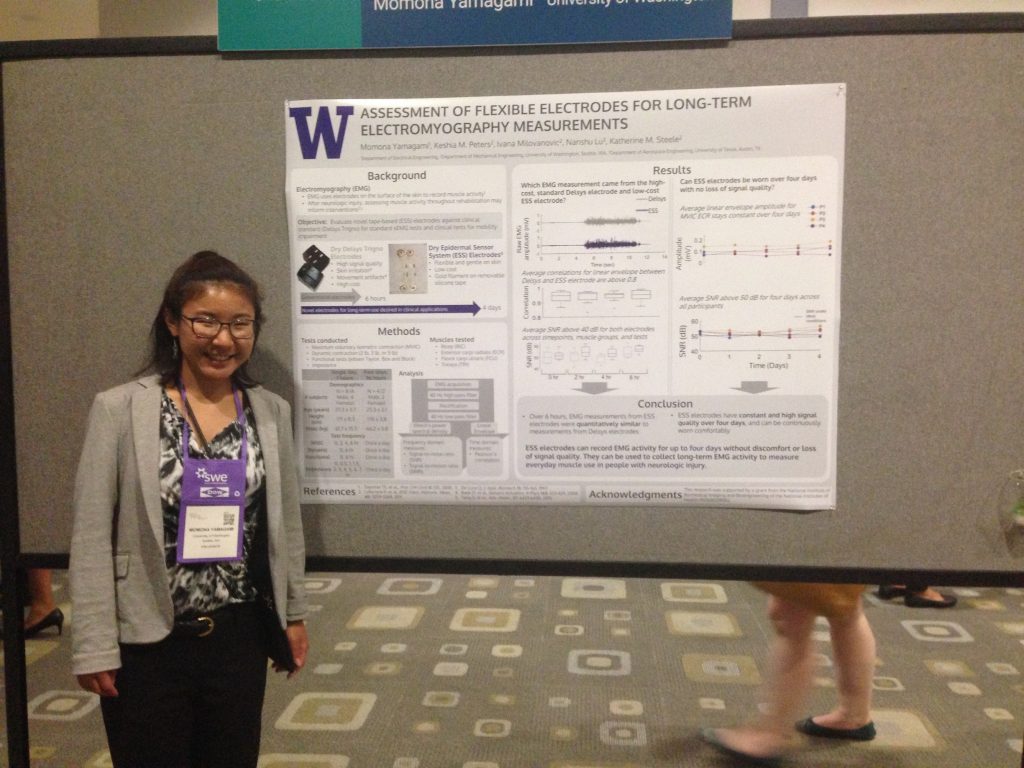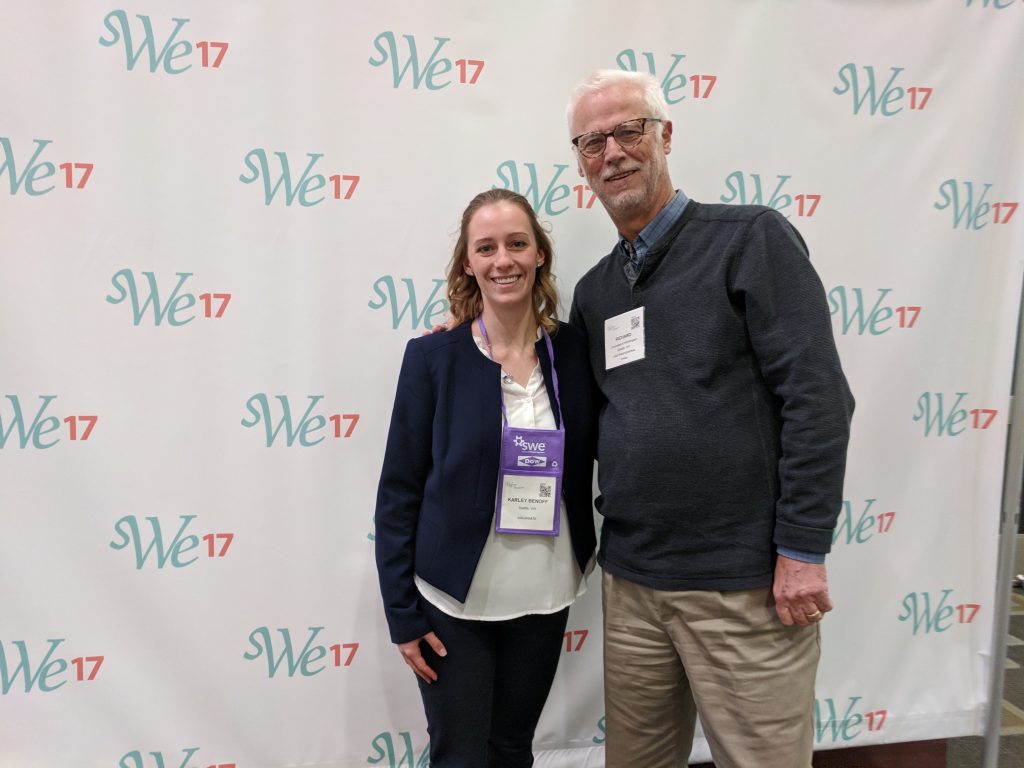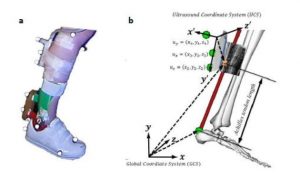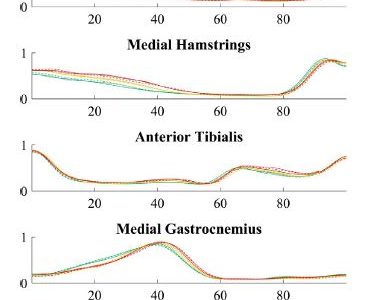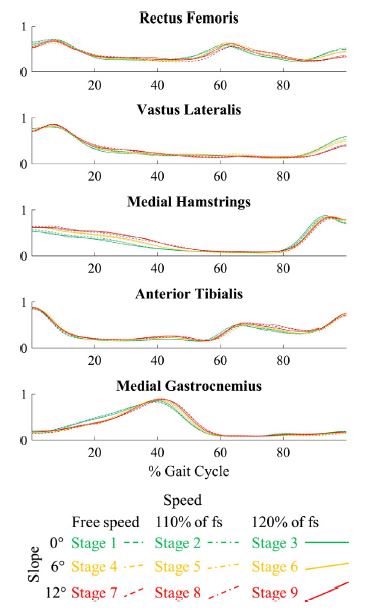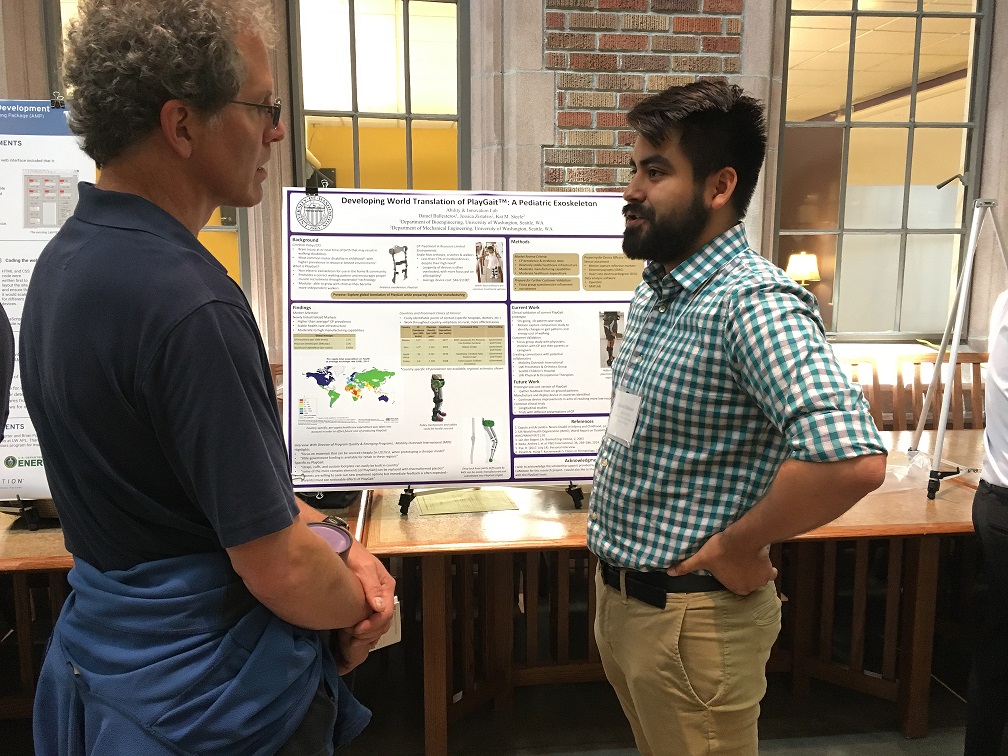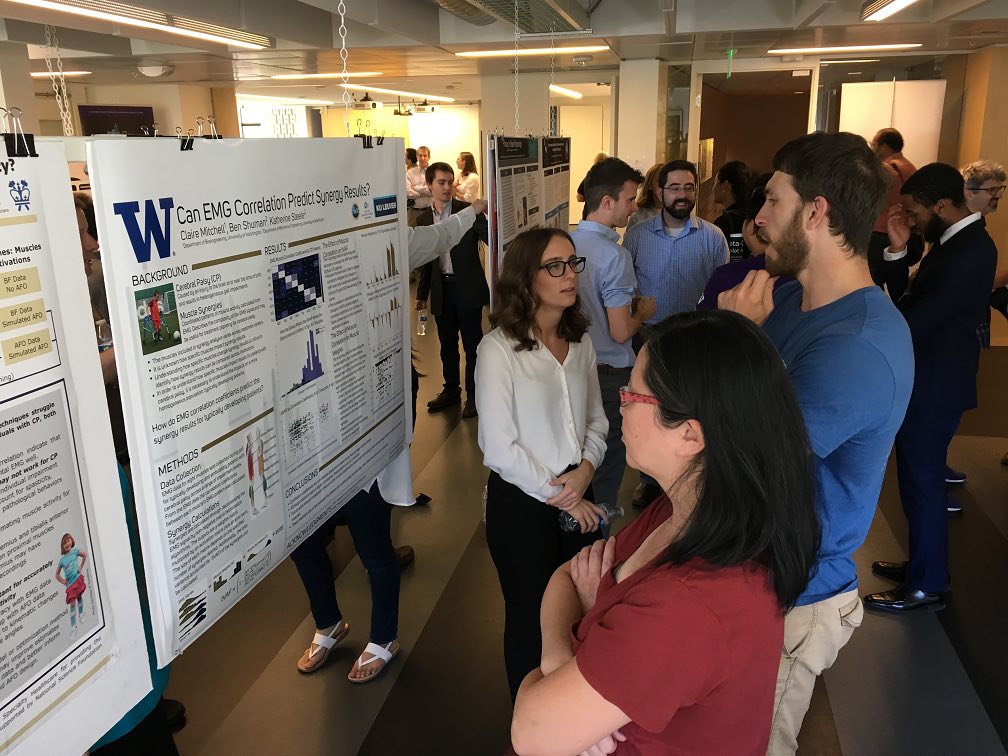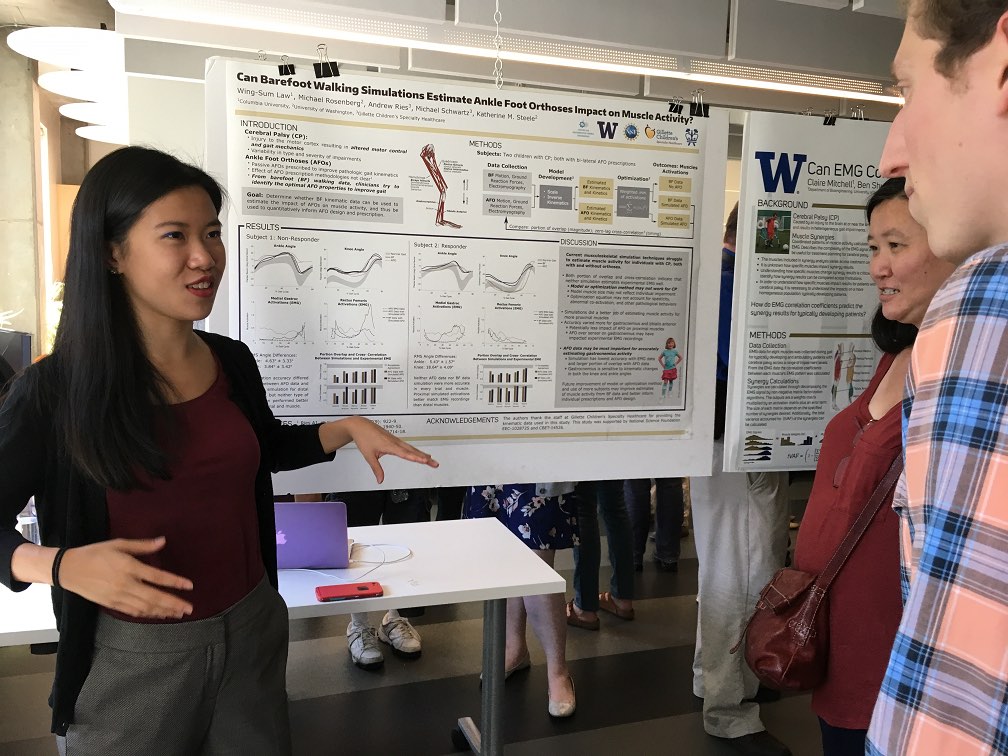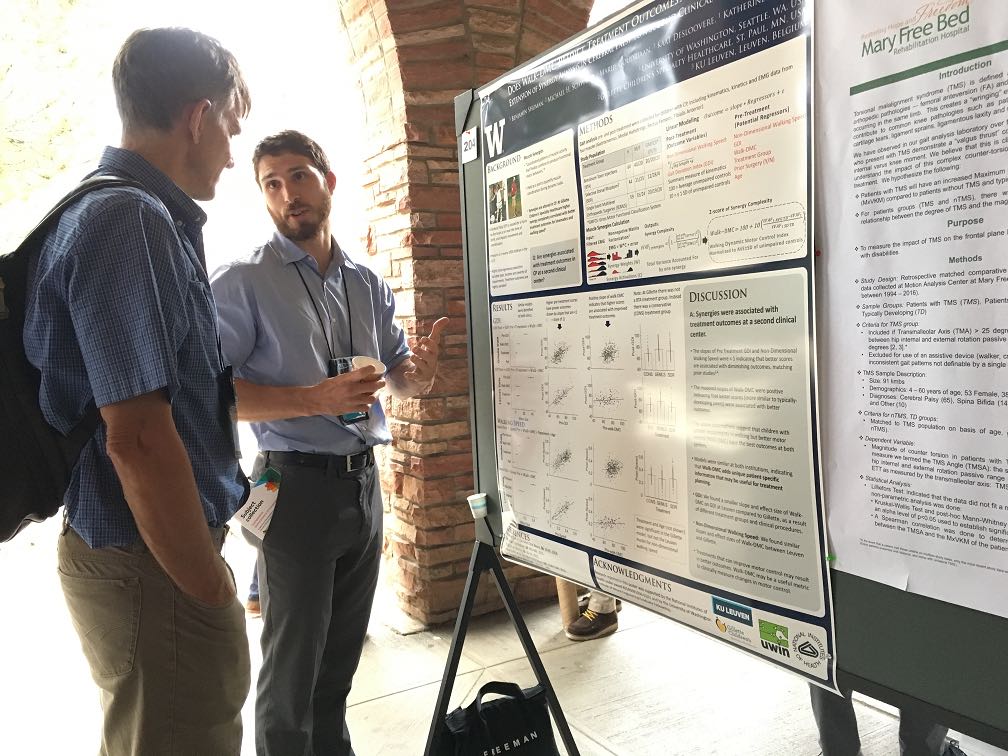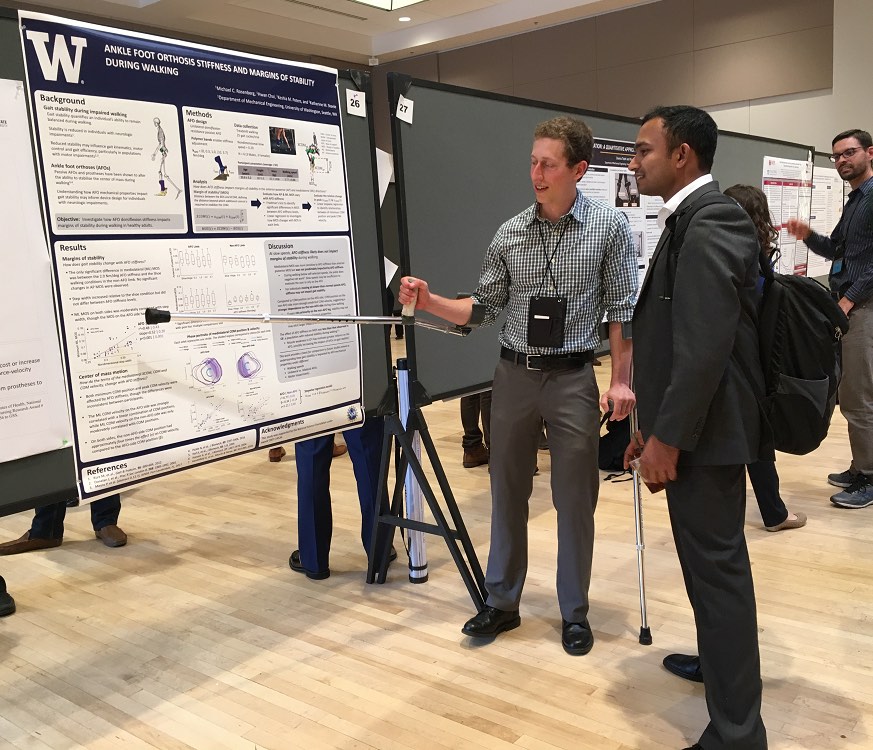Momona Yamagami and Karley Benoff attended the Society of Women Engineers (SWE) 2017 conference in Austin, TX. Momona presented on her work with assessing a flexible electrode for long-term electromyography measurements and placed among the top 10 finalists in the graduate research poster competition for SWE. Congratulations Momona!
Karley said that SWE 17 was an incredible experience filled with opportunities for professional growth and networking. Here are some of her impressions:
“My favorite guest talk was titled “TECHing While Women and with Disability” where five panelists shared their experiences navigating the engineering world with a disability and/or as an advocate for those with disabilities. Dr. Richard Ladner of the University or Washington CSE department (pictured with Karley below) was one of the panelists. His research on accessible technology, especially technology for the blind, deaf, deaf-blind, and hard-of-hearing, was truly inspiring. The panelists’ presentations provided a unique perspective for approaching user-centered design. I hope to use the lessons learned from the panelists, as well as from all of the SWE 17 attendees I met, to better inform the development of my orthosis project this year. By targeting accessibility and user-centered design, I aspire to develop a universal elbow-driven orthosis that will improve function for users with a wide variety of abilities.
The panelist idea is something HuskyADAPT wants to organize for its club members. Since I am an officer in the club, we are currently trying to plan such an event to better inform design teams and members alike about peoples’ experiences living with disabilities. By understanding what each individual needs, we can better design devices and technology to address what the user wants.”

